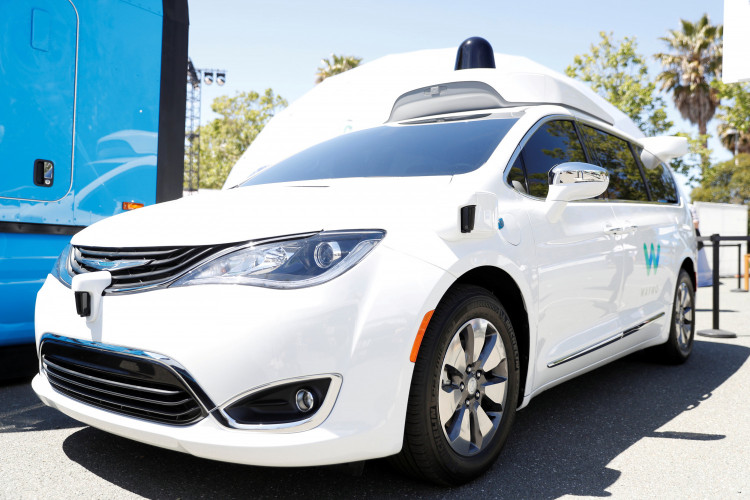The method of training the Ai of self-driving cars is rarely efficient since it entails either using a massive amount of computing power to train the system or a long list of researchers that spend a long time manually eradicating bad systems. Waymo might have already found its efficient solution to revolutionize its self-driving vehicles through the help of Google DeepMind. Recently, the former Google self-driving car project has partnered with DeepMind in terms of Population-Based Training system for detecting a pedestrian.
The recent announcement about the revolutionary move by Waymo and Google DeepMind enables the company's self-driving vehicles to utilize the same method that was made to teach bots to play "Starcraft II." The process will help the vehicles to achieve the best and advanced neural networks similar to what lifeforms do in a natural setting, which will help save effort and time.
The self-driving vehicles produced by Waymo use neural networks to execute tasks like sensing objects on the road, foreseeing how other vehicles will behave, and planning on its successive moves. The process of training the neural networks entailed several weeks of experimentation and fine-tuning and a massive amount of computing power. Google DeepMind and Waymo's recent collaboration will enable the self-driving vehicle company to produce a more efficient system of training and improving the algorithms of self-driving cars, as well as using population-based training.
This method, which is inspired by the idea of biological evolution hastens the process of learning for neural networks by concentrating on the fittest samples, which are the artificial intelligence models that are proven efficient in executing tasks. Principal Research Scientist Oriol Vinyals of Google DeepMind and also one of the proponents of population-based training, the concept of utilizing the process to train self-driving vehicles was created when he visited the director of machine learning infrastructure of Waymo, Mathieu Devin.
They first designed population-based training as a means to hasten the process of how computers learn to play "Starcraft II." The real-time strategy game has several complexities of building units and structures, managing resources, and building an army to overpower the opponent. If the method can teach AI agents to play "Starcraft II," the proponents believe that it will also be able to teach neural networks to execute different decisions needed to observe safety and the proper operation of self-driving cars.
Initially, Google DeepMind's work on AI seems to the only function for video games, including "Quake III" and "Starcraft II." But, the unit is only using these games as a learning ground. Several population-based training of Google DeepMind has been already integrated into some self-driving vehicle models of Waymo. Google DeepMind and Waymo's collaboration is just the start of very advanced and promising enhancements in technology.





